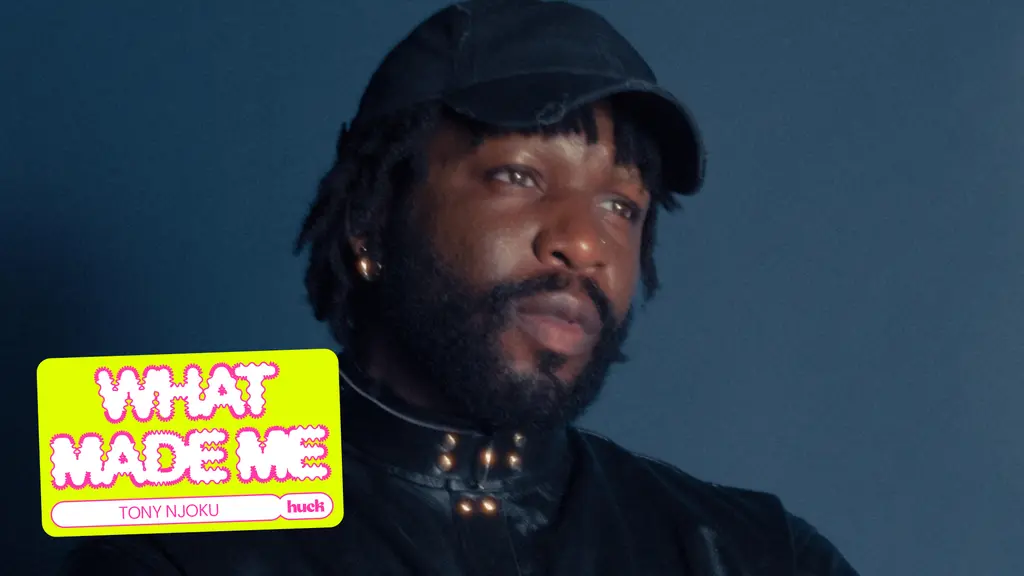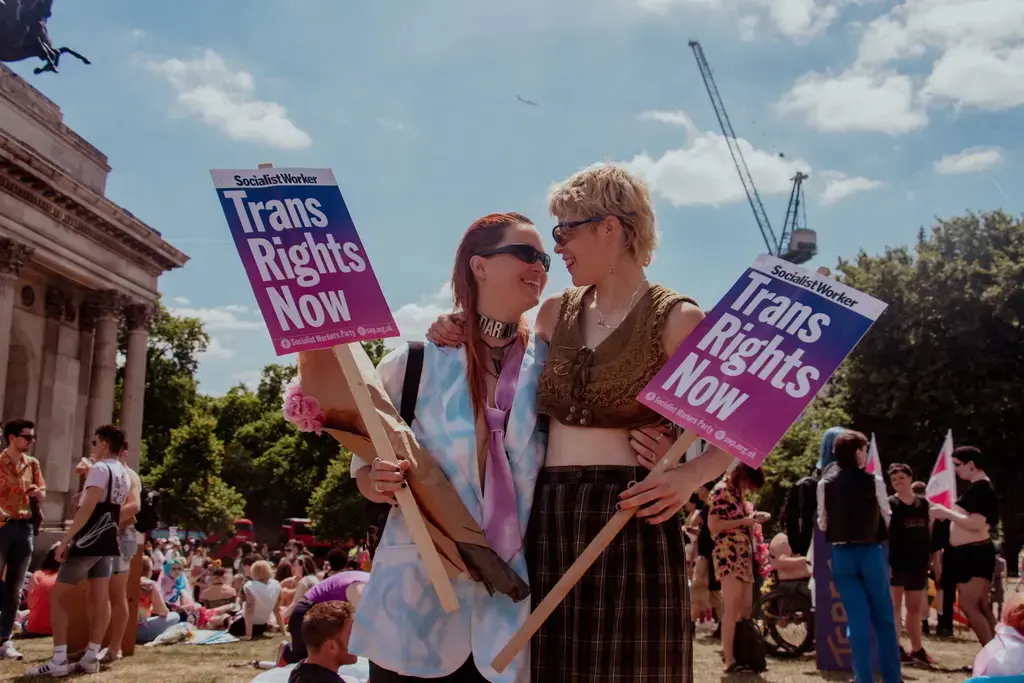A vivid history of LGBTQ+ counterculture in 1980s New York
- Text by Miss Rosen
- Photography by David Yarritu

In 1979, the Pyramid Club opened its doors to New York’s downtown avant-garde, ushering in a new era of art and activism that would come to define the East Village scene. Here a coterie of underground artists and performers like Lady Bunny, RuPaul, Tabboo!, and Sister Dimension reimagined drag as we know it today. It was a pantheon of larger-than-life personas that eschewed stale tropes of “female impersonation” to create new expressions of gender, style, identity — and any permutation therein.
With the exhibition Drag Show, curator Paul Baker Prindle revisits this fabled chapter of LGBTQ history, celebrating the iconoclasts, radicals, and renegades who forged their own path during the height of the AIDS crisis. The show brings together works by photographers including Nan Goldin and David Yarritu, as well as work by drag legend Linda Simpson, the mastermind behind the underground zine, My Comrade.


“The exhibition explores how they came together in the face of exceptional trials by foregrounding their difference as a source of power,” says Prindle, who organized Drag Show as a response to the ongoing attack on LGBTQ rights across the United States today. Drawing inspiration ‘80s activists, Prindle shares insights from Tabboo!, who remembers the harrowing realities of AIDS at a time when the government, media, public health, and religious institutions left them for dead.
“A few times a week, someone you knew was dead, and you couldn’t even have a memorial because there was so much shame. It decimated a whole generation,” Tabboo! told Prindle. “Being gay was still illegal. It was considered a mental disease. The idea of doing something like Wigstock outside in the middle of the day was so fucking revolutionary…. To be outside and not be killed was wild.”
Drag Show pays homage to the innovators whose courage, creativity and community-building vision in the face of state-sanctioned violence transformed the landscape of politics and pop culture alike. “Gays have had long had an impact on the production of culture, but this moment is one where it was undeniable; the impact couldn’t be fully hidden behind coded images or words,” Prindle says.




Photography played an integral role in making visible all that had been misrepresented or wholly erased, centring the stories and struggles of those marginalised by systemic oppression and opening new spaces for acts of joy and resistance.
“Photography places your world into the historical archive while also affirming one’s sense of self-worth, identity, connection with others,” says Prindle. He points to the rise of instamatic cameras during this time as a vital tool to advance the culture and the cause.
“Polaroid film was an incredible tool for creating colour images that didn’t require you to open yourself up to censorship or reliance on a homophobic printer,” he says. “You could make an image of anything — especially things that were not for everyone’s eyes. To control the means of production around queer images is extremely empowering.”


Drag Show was on view through December 15, 2023, at Carolyn Campagna Kleefeld Contemporary Art Museum of California State University, Long Beach in California.
Enjoyed this article? Follow Huck on X and Instagram.
Support stories like this by becoming a member of Club Huck.
You might like

Largest-Ever Display of UK AIDS Memorial Quilt Opens at Tate Modern
Grief Made Visible — Comprising hundreds of panels made by lovers, friends and chosen family, the UK AIDS Memorial Quilt returns in full for the first time since 1994 – a testament to grief, friendship and the ongoing fight against HIV stigma.
Written by: Ella Glossop

In Medellín’s alleys and side streets, football’s founding spirit shines
Street Spirit — Granted two weeks of unfettered access, photographer Tom Ringsby captures the warmth and DIY essence of the Colombian city’s grassroots street football scene.
Written by: Isaac Muk

On Alexander Skarsgård’s trousers, The Rehearsal, and the importance of weirdos
Freaks and Finances — In the May edition of our monthly culture newsletter, columnist Emma Garland reflects on the Swedish actor’s Cannes look, Nathan Fielder’s wild ambition, and Jafaican.
Written by: Emma Garland

Tony Njoku: ‘I wanted to see Black artists living my dream’
What Made Me — In this series, we ask artists and rebels about the forces and experiences that shaped who they are. Today, it’s avant-garde electronic and classical music hybridist Tony Njoku.
Written by: Tony Njoku

Block9 reveals its Glastonbury Festival 2025 plans
Party and protest — The nightlife hub will feature a bigger-than-ever Saturday daytime block party across The NYC Downlow and Genosys, and a huge collaboration with artist-activist group Led By Donkeys.
Written by: Isaac Muk

The UK is now second-worst country for LGBTQ+ rights in western Europe
Rainbow regression — It’s according to new rankings in the 2025 Rainbow Europe Map and Index, which saw the country plummet to 45th out of 49 surveyed nations for laws relating to the recognition of gender identity.
Written by: Ella Glossop

